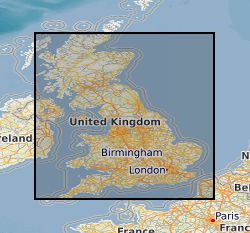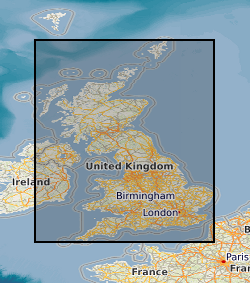Shrink-swell clays
Type of resources
Topics
Keywords
Contact for the resource
Provided by
Years
Formats
Representation types
Update frequencies
Scale
-

Shrink-swell is recognised as the most significant geohazard across Great Britain. This dataset identifies areas of shrink-swell hazard with increased potential due to changing climatic conditions based on forecasts derived from the UKCP09 research project. The dataset has been created at two levels of detail for different climatic scenarios and dates up to 2080. The Basic dataset is an overview at 2Km grid resolution whilst the more detailed Premium dataset is generated at a 50m resolution. The Open versions are simplified versions of the premium versions and are shared via GeoIndex. The premium versions are paid for products. UKCP09 - UK Climate Projections 2009 project
-

BGS GeoSure identifies, at 1:50 000 scale, areas of susceptibility and considers the following specific hazard processes that can occur in Great Britain: 1. Shrink–Swell: Swelling clays change in volume due to changes in water content; this can lead to movements (up or down) in the upper two metres of the ground, which may affect property foundations. 2. Landslides (Slope Instability): Slope instability occurs when particular slope characteristics combine to make the slope unstable. Downslope movement of materials (landslide) may cause damage to foundations, services or impact damage to buildings. 3. Soluble Rocks (Dissolution): Ground dissolution occurs when certain types of rocks, containing layers of soluble material, get wet and the soluble material dissolves. This can cause underground cavities to develop. These cavities reduce support to the ground above and can lead to a collapse of overlying rocks. 4. Compressible Ground: Some types of ground may contain layers of very weak materials such as peat or some types of poorly structured clays. These may compress if loaded by overlying structures, or if the groundwater level changes. This compression may result in depression of the ground surface, potentially disturbing foundations and services. 5. Collapsible Deposits: Some soils may collapse when a load (building or road traffic) is placed on them, especially if they become saturated. Such collapse may cause damage to overlying property or services. 6. Running Sand: Some rocks and soils can contain loosely packed sandy layers that can become fluidised by water flowing through them. Such sands can ‘run’ (flow), potentially removing support from overlying buildings and causing damage.
 NERC Data Catalogue Service
NERC Data Catalogue Service